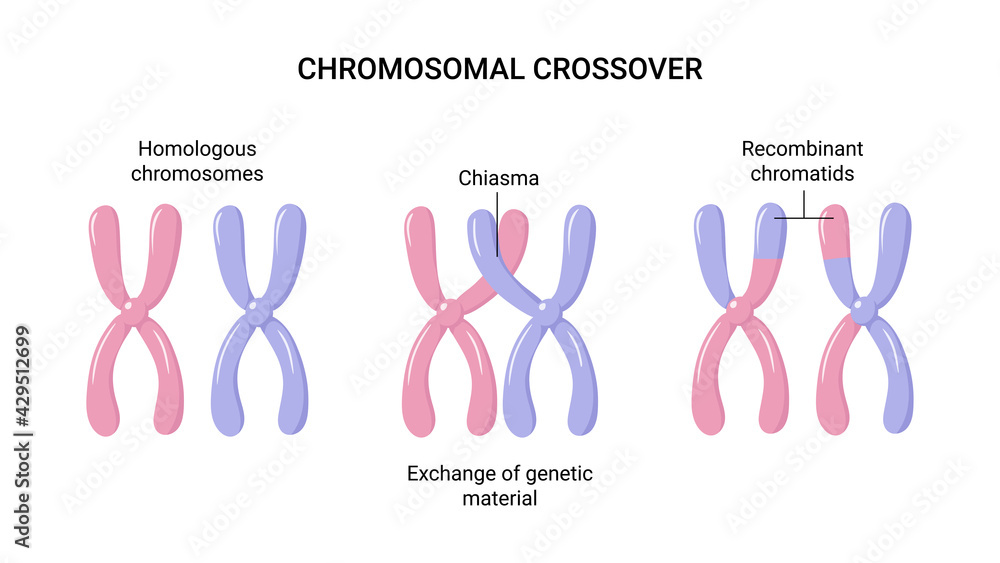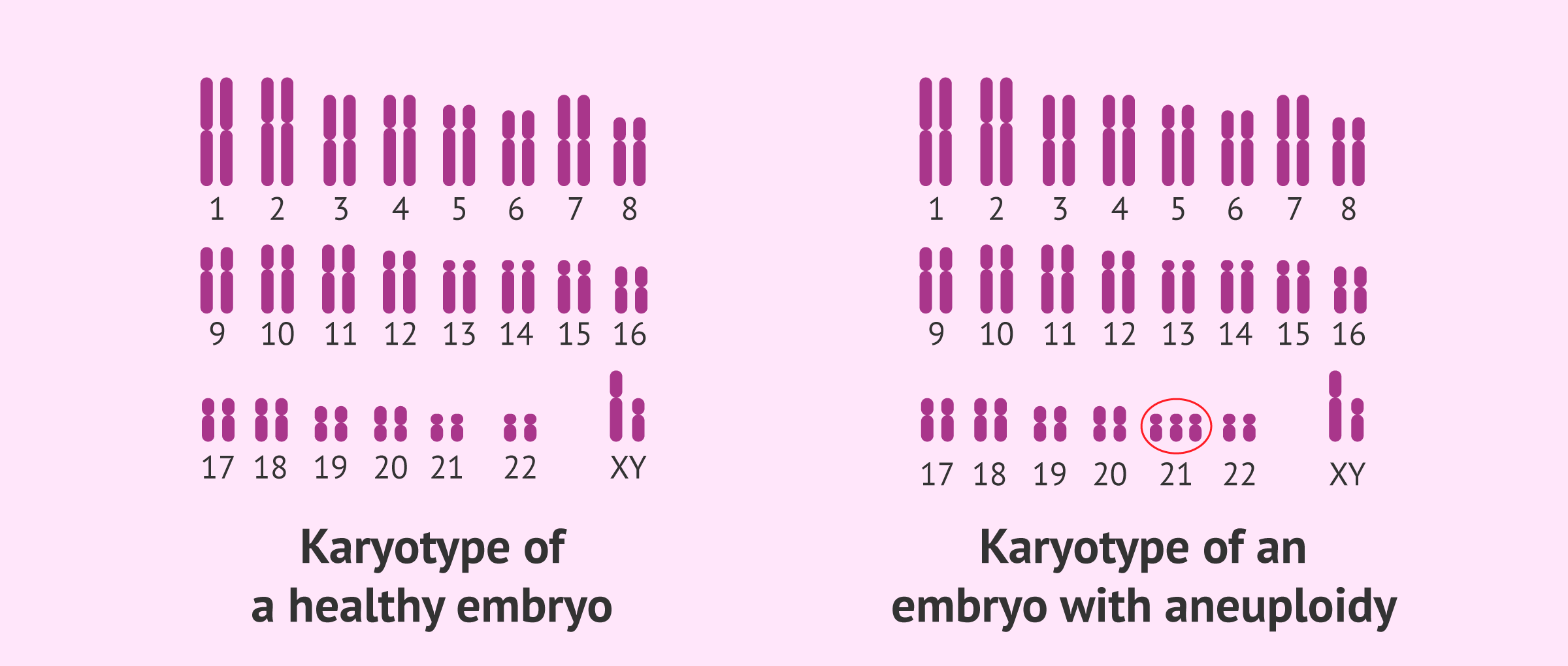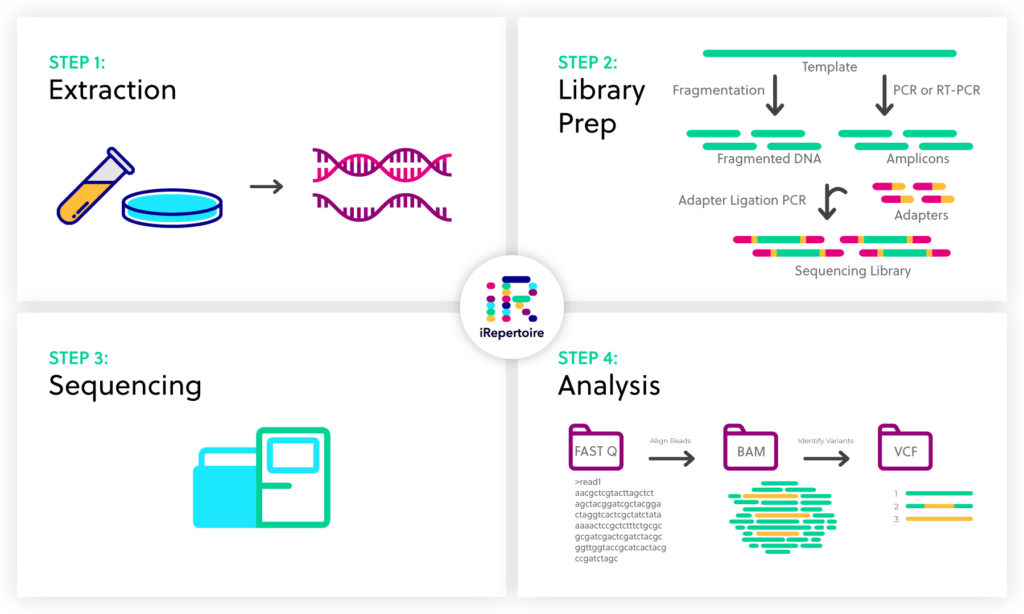
Homologous Chromosomes: The Basis of Genetic Diversity
Homologous chromosomes are pairs of chromosomes in a diploid organism that have the same structure and gene sequence, with one chromosome of each pair inherited from each parent. They play a critical role in meiosis, genetic recombination, and the inheritance of traits. This article provides an in-depth look at the structure, function, behavior, and significance of homologous chromosomes in genetics and cell biology.
:max_bytes(150000):strip_icc()/GettyImages-764793193-e8f09cb6bc4843c0a7363db1d0a34c95.jpg)
Structure of Homologous Chromosomes
Homologous chromosomes share several key structural features:
- Chromosome Pairing: Each pair consists of two homologs, one inherited from the organism’s mother (maternal) and the other from the father (paternal).
- Gene Loci: Homologous chromosomes have the same sequence of genes arranged in the same order. Each gene locus (location) on one homolog is matched by a corresponding locus on the other homolog.
- Alleles: Although homologous chromosomes carry the same genes, they may have different versions of these genes called alleles. This variation contributes to genetic diversity.
Function of Homologous Chromosomes
Homologous chromosomes are essential for several fundamental biological processes:
Genetic Recombination and Diversity
-
Crossing Over: During meiosis, homologous chromosomes undergo crossing over, where segments of chromatids are exchanged between homologs. This process generates new combinations of alleles, increasing genetic diversity in offspring.

-
Independent Assortment: Homologous chromosomes segregate independently during meiosis I, leading to a diverse array of possible genetic outcomes in gametes.
Accurate Segregation of Genetic Material
- Meiosis I: The pairing and subsequent separation of homologous chromosomes during meiosis I ensure that each gamete receives one complete set of chromosomes. This reductional division is crucial for maintaining the diploid chromosome number in sexually reproducing organisms.
- Mitosis: Although homologous chromosomes do not pair in mitosis, their proper segregation ensures that daughter cells receive identical sets of chromosomes, maintaining genetic stability in somatic cell division.
Behavior of Homologous Chromosomes During Meiosis
Meiosis is the specialized type of cell division that reduces the chromosome number by half, creating haploid gametes from diploid cells. The behavior of homologous chromosomes during meiosis is crucial for genetic diversity and accurate chromosome segregation.

Prophase I
- Synapsis: Homologous chromosomes pair up along their lengths through a process called synapsis, forming structures known as tetrads or bivalents. This pairing is facilitated by the synaptonemal complex, a protein structure that holds homologs together.
- Crossing Over: Exchange of genetic material between non-sister chromatids occurs at chiasmata, the visible points of crossover. This recombination creates new genetic combinations, enhancing genetic variability.
Metaphase I
- Alignment: Tetrads align at the metaphase plate, with homologous chromosomes facing opposite poles of the cell. This arrangement ensures that each daughter cell will receive one chromosome from each homologous pair.
Anaphase I
- Separation: Homologous chromosomes are pulled apart to opposite poles of the cell. This reductional division reduces the chromosome number by half, ensuring that each gamete is haploid.
Telophase I and Cytokinesis
- Formation of Two Cells: The cell divides into two daughter cells, each with half the original chromosome number. These cells undergo a second meiotic division (meiosis II) to separate sister chromatids.
Homologous Chromosomes in Genetic Inheritance
Homologous chromosomes are fundamental to the principles of inheritance first described by Gregor Mendel:
Mendelian Inheritance
- Law of Segregation: Each individual has two alleles for each gene, one on each homologous chromosome. During gamete formation, these alleles segregate so that each gamete carries only one allele for each gene.
- Law of Independent Assortment: Genes located on different chromosomes assort independently during gamete formation. This means the inheritance of one trait is generally independent of the inheritance of another trait.
Genetic Disorders and Chromosomal Abnormalities
Errors in the behavior of homologous chromosomes can lead to genetic disorders:
-
Non-disjunction: The failure of homologous chromosomes to separate properly during meiosis can result in aneuploidy, a condition where cells have an abnormal number of chromosomes. Down syndrome (trisomy 21) is a common example of an aneuploid condition caused by non-disjunction.

-
Structural Abnormalities: Deletions, duplications, inversions, and translocations involving homologous chromosomes can disrupt gene function and lead to genetic diseases or developmental disorders.

Homologous Chromosomes in Evolution and Diversity
Homologous chromosomes contribute significantly to the evolution and diversity of life:
Genetic Variation
- Natural Selection: The genetic variation produced by recombination and independent assortment provides a substrate for natural selection to act upon, driving evolutionary change.
- Adaptation: Populations with greater genetic diversity are more likely to adapt to changing environments, enhancing their survival and reproductive success.
Speciation
- Chromosomal Changes: Changes in chromosome number or structure can contribute to the reproductive isolation of populations, a key factor in the process of speciation. Chromosomal rearrangements can lead to the divergence of species over time.
Techniques for Studying Homologous Chromosomes
Advancements in genetic and cytogenetic techniques have enhanced our ability to study homologous chromosomes:
Karyotyping
- Visualization: Chromosomes are stained and observed under a microscope, allowing the detection of numerical and structural abnormalities. Karyotyping is commonly used in clinical genetics to diagnose chromosomal disorders.

Fluorescence In Situ Hybridization (FISH)
- Specificity: FISH uses fluorescent probes that bind to specific DNA sequences on chromosomes, enabling the identification of particular genes or chromosomal regions. It is useful for detecting microdeletions, duplications, and other structural abnormalities.

Comparative Genomic Hybridization (CGH)
- Genome-Wide Analysis: CGH compares the genomic content of two samples, such as tumor and normal tissue, to identify copy number variations across the entire genome. This technique is valuable in cancer research and genomics.
Next-Generation Sequencing (NGS)
- High-Throughput Sequencing: NGS provides comprehensive sequencing of entire genomes, allowing detailed analysis of genetic variation and structural changes in homologous chromosomes. It has revolutionized genetic research and personalized medicine.

Homologous chromosomes FAQ
Homologous chromosomes ensure accurate pairing and segregation during meiosis through several coordinated processes:
-
Synapsis: During prophase I of meiosis, homologous chromosomes pair tightly along their lengths in a process called synapsis. This is facilitated by the synaptonemal complex, a protein structure that aligns homologs precisely.
-
Recombination: Homologous recombination, involving the exchange of genetic material between non-sister chromatids, occurs at sites called chiasmata. This crossover ensures that homologs remain connected and properly aligned.
-
Cohesins and Separase: Cohesin proteins hold sister chromatids together and also maintain the connection between homologs at chiasmata. Separase cleaves cohesins at the correct time to allow for the separation of homologs during anaphase I and of sister chromatids during anaphase II.
-
Spindle Checkpoint: The spindle assembly checkpoint ensures that each homolog is properly attached to the spindle apparatus before segregation, preventing errors in chromosome distribution.
Homologous chromosomes play a crucial role in genetic recombination and diversity through several mechanisms:
-
Crossing Over: During prophase I of meiosis, homologous chromosomes exchange genetic material through crossing over at chiasmata. This results in new allele combinations on each chromosome, contributing to genetic diversity in offspring.
-
Independent Assortment: During metaphase I, the random orientation of homologous chromosome pairs leads to independent assortment. This means the segregation of one homologous pair does not influence the segregation of another, generating a vast array of possible genetic combinations in gametes.
-
Formation of Recombinant Chromosomes: The new combinations of alleles created by recombination are passed to gametes, ensuring that offspring have a unique genetic makeup different from both parents.
Chromosomal abnormalities involving homologous chromosomes can lead to a variety of genetic disorders:
-
Non-Disjunction: This is the failure of homologous chromosomes to separate properly during meiosis. It results in aneuploidy, where gametes have an abnormal number of chromosomes. Conditions such as Down syndrome (trisomy 21), Turner syndrome (monosomy X), and Klinefelter syndrome (XXY) are examples.
-
Deletions and Duplications: Errors during recombination can lead to deletions (loss of a chromosome segment) or duplications (gain of a chromosome segment), disrupting gene function. For example, the deletion of a region on chromosome 5 results in Cri-du-chat syndrome.
-
Translocations: Reciprocal translocations occur when segments of non-homologous chromosomes are exchanged, potentially leading to genetic disorders if the breakpoints disrupt important genes. This can cause conditions like chronic myeloid leukemia.
Homologous chromosomes contribute to evolutionary processes and speciation through genetic variation and chromosomal rearrangements:
-
Genetic Variation: The recombination and independent assortment of homologous chromosomes during meiosis generate genetic diversity, which is essential for natural selection and adaptation to changing environments.
-
Chromosomal Rearrangements: Changes in chromosome structure, such as inversions, translocations, and fusions, can lead to reproductive isolation and the divergence of populations. Over time, these rearrangements contribute to the formation of new species (speciation).
-
Polyploidy: In plants and some animals, polyploidy (having more than two sets of homologous chromosomes) can result from errors in meiosis or hybridization events. Polyploid organisms often exhibit new traits and can give rise to new species.
Several advanced techniques are used to study homologous chromosomes and their behavior:
-
Fluorescence In Situ Hybridization (FISH): This technique uses fluorescent probes that bind to specific DNA sequences on chromosomes, allowing researchers to visualize the location and structure of homologous chromosomes and detect abnormalities.
-
Comparative Genomic Hybridization (CGH): CGH compares the DNA content of test and reference genomes to identify copy number variations across homologous chromosomes. It is useful for detecting deletions, duplications, and other structural variations.
-
Chromosome Conformation Capture (3C) and its Derivatives (Hi-C, 4C, 5C): These techniques analyze the three-dimensional organization of chromosomes within the nucleus, revealing how homologous chromosomes interact and are spatially arranged.
-
Whole-Genome Sequencing: High-throughput sequencing technologies provide detailed information on the entire genome, including homologous chromosomes. This allows for the identification of genetic variations, structural rearrangements, and the study of recombination events.
-
Live-Cell Imaging: Advanced microscopy techniques enable the visualization of homologous chromosome behavior in real-time during cell division, providing insights into the dynamics of pairing, recombination, and segregation.
Conclusion
Homologous chromosomes are fundamental to the processes of genetic inheritance, cell division, and evolution. Their behavior during meiosis ensures genetic diversity, while their proper segregation is crucial for maintaining genomic stability. Advances in technology continue to deepen our understanding of homologous chromosomes, highlighting their significance in health, disease, and the evolutionary history of life. As research progresses, the study of homologous chromosomes remains a central focus in genetics and cell biology, providing insights into the complex mechanisms that govern life.
How about you read this book on human genetics to expand your knowledge : https://link.springer.com/article/10.1007/BF01790091





